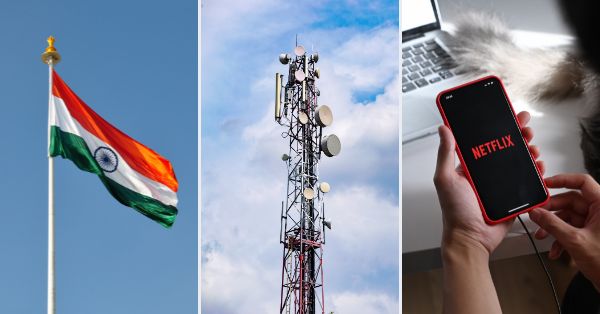- Tech News & Insight
- December 7, 2025
- Hema Kadia
The Indian government has floated draft rules that refine how mobile operators can share spectrum, aiming to boost spectral efficiency and accelerate 5G expansion under the new telecommunications regulatory framework. The draft rules seek to formalize spectrum sharing under the new regime, giving operators a clearer pathway to pool or




























